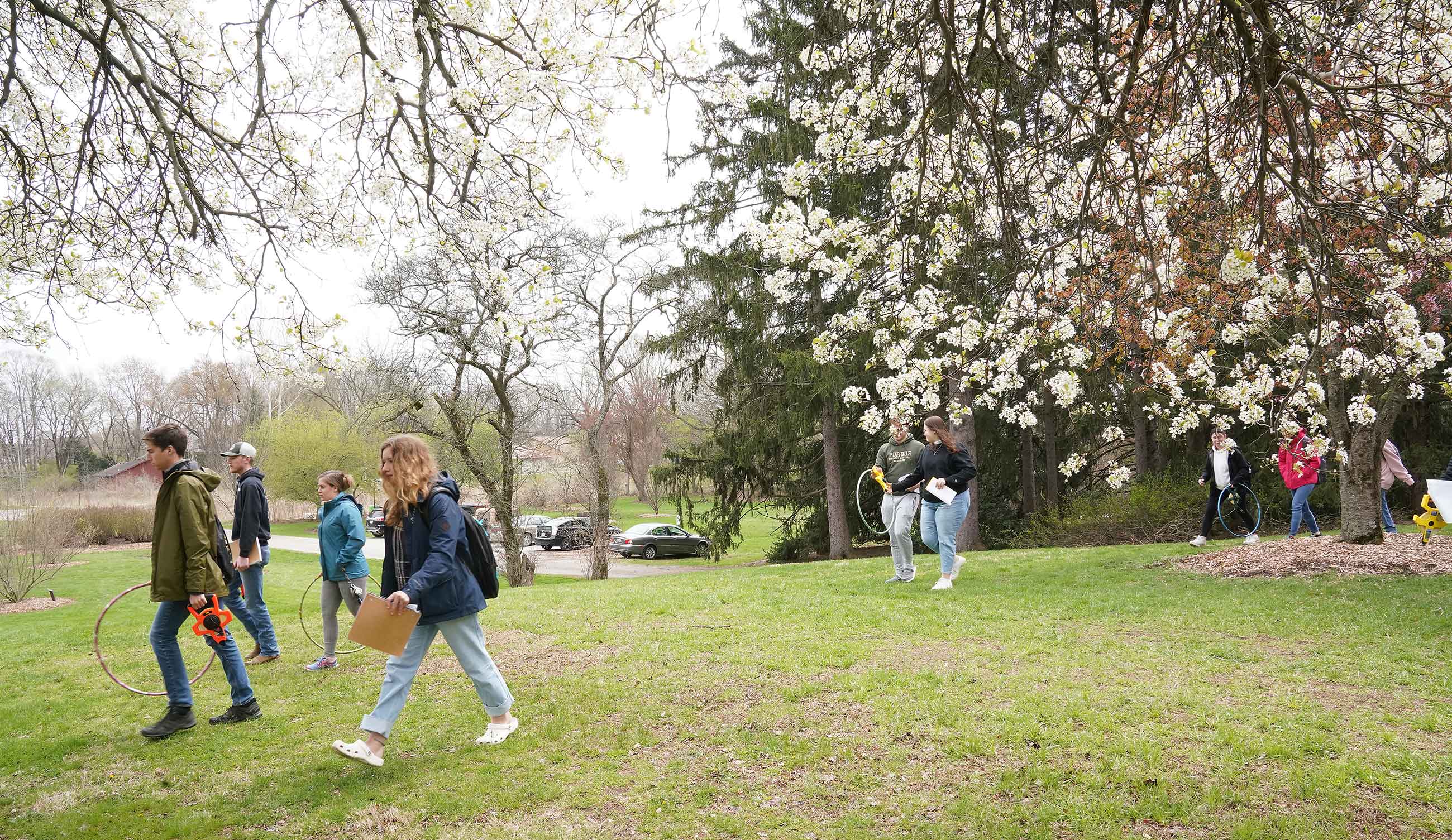Perry County Resources
What We Do
We improve lives and livelihoods by delivering tested and trusted educational resources. The Cooperative Extension Service is one of the nation's largest providers of scientific research-based information and education. It's a network of colleges, universities, and the U.S. Department of Agriculture, serving communities and counties across America. The Purdue Extension focuses on: Agriculture and Natural Resources, Human and Health Sciences, Economic and Community Development and 4-H Youth.
Contact Us
Purdue Perry County Extension
perryces@purdue.edu
65 Park Avenue
Tell City, IN 47586
(812) 547-7084
4-H Enrollment is Open!
JOIN TODAY!Perry County Extension Documents
Find program information and other documents related to Perry County Extension events and programs below.Featured Story
Feature

4-H Camp is going to be STELLAR! Get ready for exciting adventures at the Southern Indiana 4-H Camp.4-H members in grades 3-8 are invited to join this spy experience for a fabulous camping excursion. Camp will be at Country Lake Retreat Center in...
Read More




